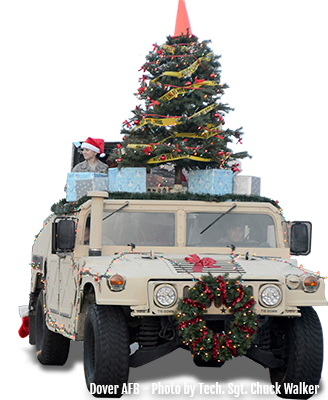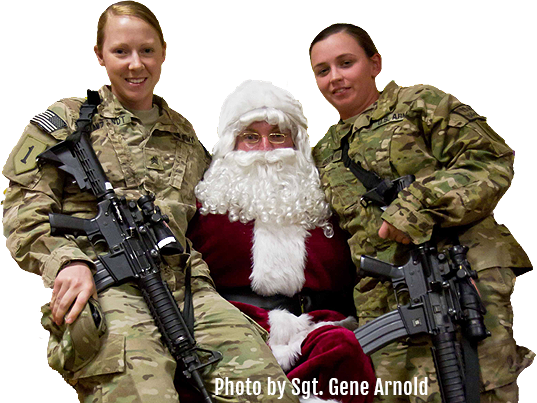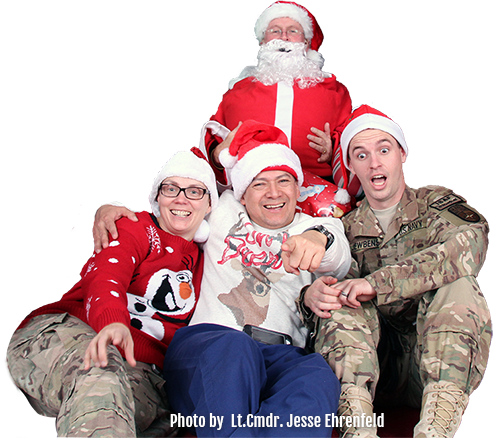Military Technology
- Details
- Hits: 1428
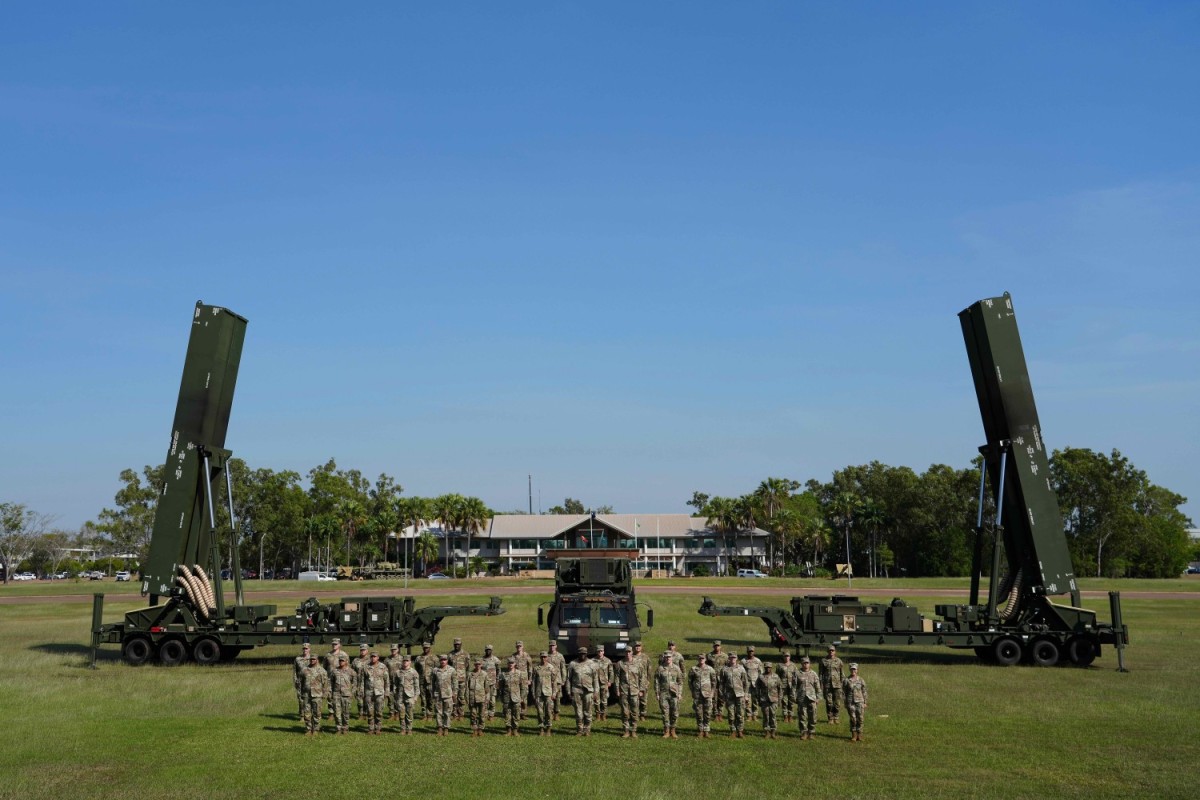 U.S. Army photo by Sgt. Perla Alfaro
U.S. Army photo by Sgt. Perla Alfaro
NORTHERN TERRITORY, Australia (August 2. 2025): In a historic milestone, the 3rd Multi-Domain Task Force (3MDTF) deployed a Long-Range Hypersonic Weapon (LRHW) system outside of the continental United States for the first time, deploying cutting-edge capability to the Northern Territory, Australia in support of Talisman Sabre 25.
Read more: US ARMY SHOWCASES LONG-RANGE HYPERSONIC WEAPON DURING TS25 IN AUSTRALIA
- Details
- Hits: 1398
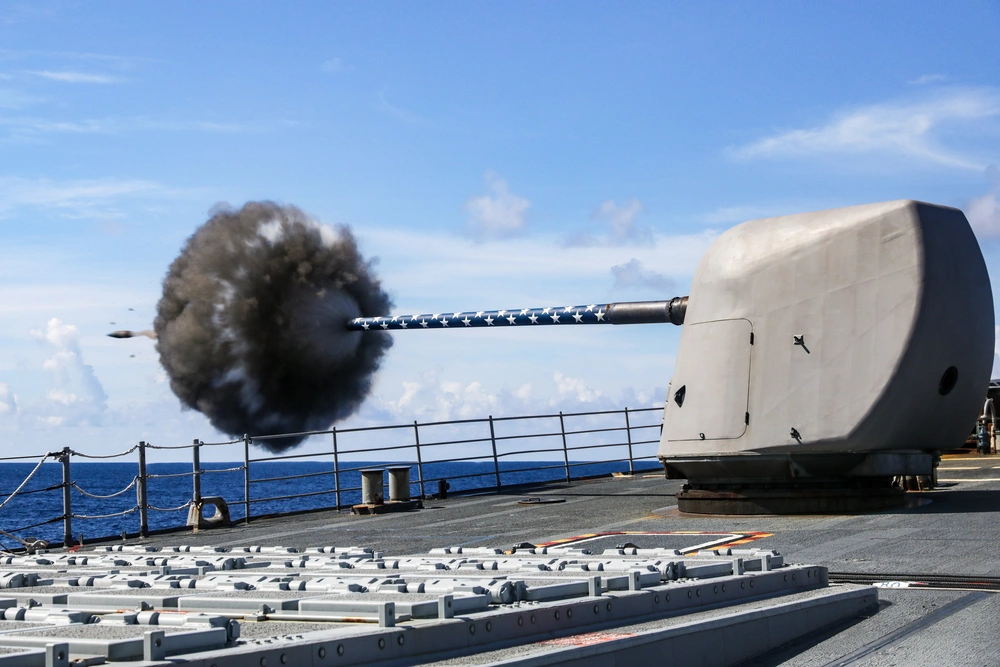
PACIFIC OCEAN (July 29, 2025): The Ticonderoga-class guided-missile cruiser USS Princeton (CG 59) fires its forward Mark 45 5-inch gun during a weapons maintenance shoot. The Carl Vinson Carrier Strike Group is underway conducting routine operations in the U.S. 3rd Fleet area of operations. (U.S. Navy photo by Mass Communication Specialist 1st Class Jacob I. Allison)
- Details
- Hits: 4370
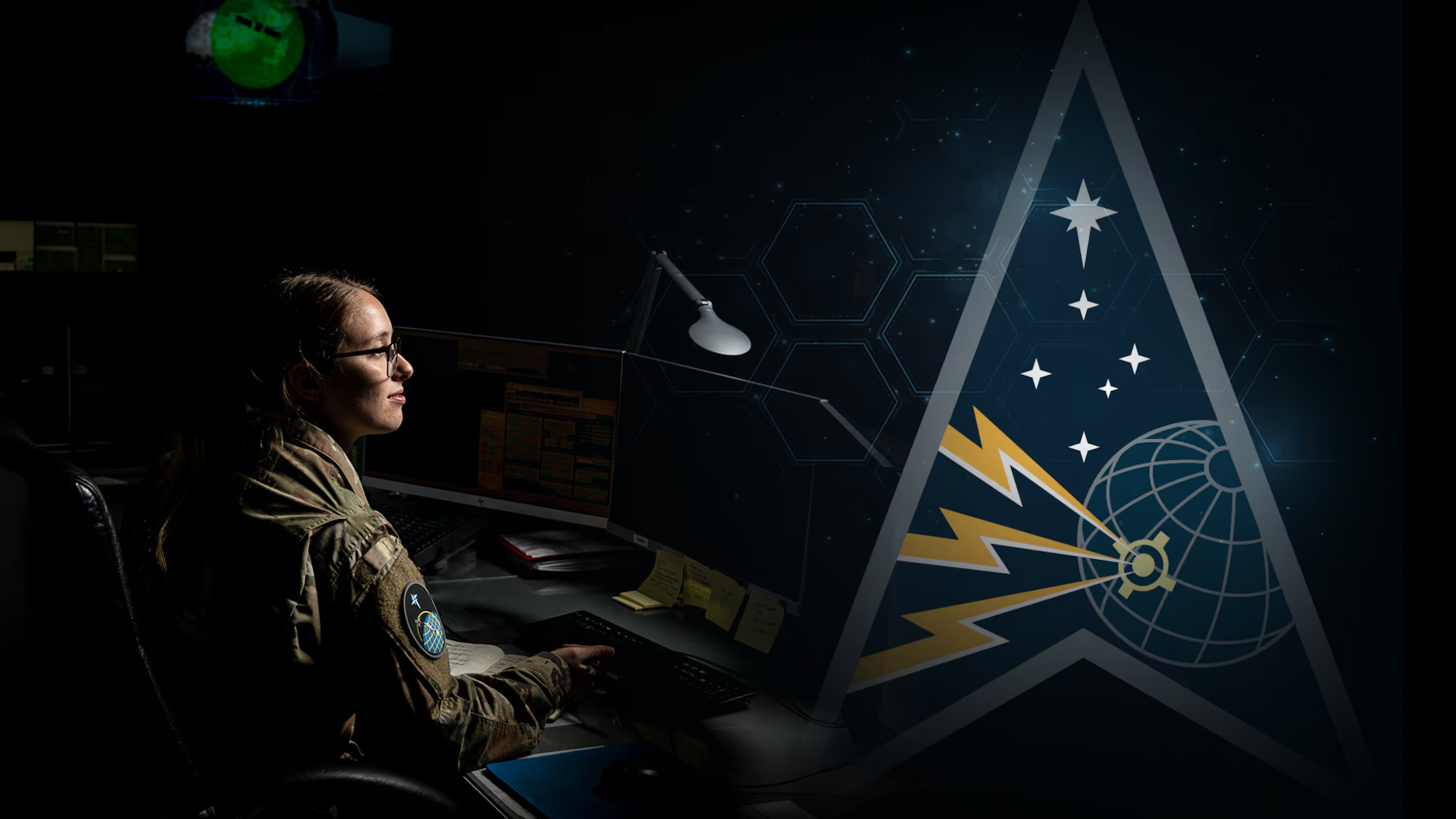 PETERSON SPACE FORCE BASE, Colo. (AFNS) July 14, 2025 : The U.S. Space Force’s Space Operations Command accepted a modernized operating system for Global Positioning System, which is designed to maintain resiliency of the constellation and improve positioning, navigation and timing services to meet user demand now and in the future.
PETERSON SPACE FORCE BASE, Colo. (AFNS) July 14, 2025 : The U.S. Space Force’s Space Operations Command accepted a modernized operating system for Global Positioning System, which is designed to maintain resiliency of the constellation and improve positioning, navigation and timing services to meet user demand now and in the future.
The GPS Next Generation Operational Control System upgrade is one of several current Space Systems Command acquisition programs, which, in aggregate, will deliver numerous modernized GPS III enterprise capabilities. The other programs include the GPS III/IIIF satellite vehicles and Military GPS User Equipment. These modernized enhancements will enable improved signal access in electronically impeded environments; improved ability to detect failures; improved position and time transfer accuracy; and improved capability ensuring integrity and uninterrupted availability of the military code.
Read more: MODERNIZED GPS OPERATING SYSTEM CLOSER TO OPERATIONAL INTEGRATION
- Details
- Hits: 11091
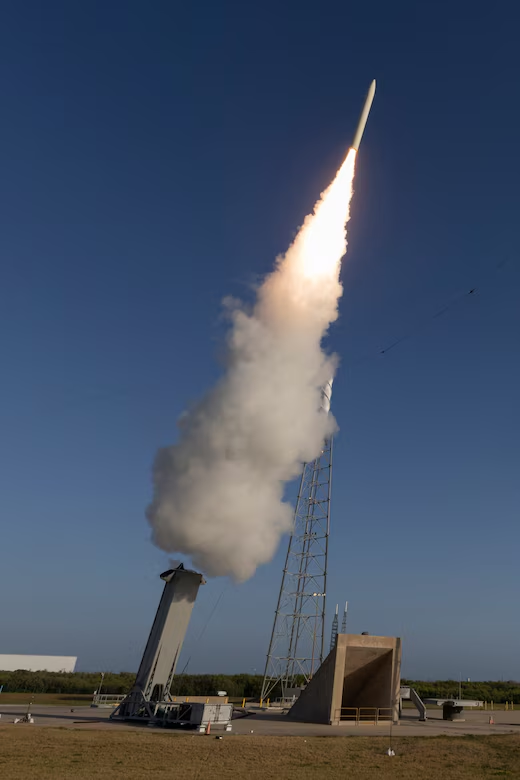 U.S. Navy Strategic Systems Programs conducts a cold-gas launch of a conventional hypersonic missile on the path to Navy fielding in Cape Canaveral, Fla. This test informs the Navy fielding approach for the Conventional Prompt Strike offensive hypersonic capability, as well as the continued development and production of the common hypersonic missile that is being developed in partnership with the Army.
U.S. Navy Strategic Systems Programs conducts a cold-gas launch of a conventional hypersonic missile on the path to Navy fielding in Cape Canaveral, Fla. This test informs the Navy fielding approach for the Conventional Prompt Strike offensive hypersonic capability, as well as the continued development and production of the common hypersonic missile that is being developed in partnership with the Army.
PENTAGON, (May 2, 2025): The Defense Department conducted a successful flight test of a conventional hypersonic missile launched from the Cape Canaveral Space Force Station, Florida.
The test marked the first launch of the Conventional Prompt Strike capability, using the Navy's cold-gas launch approach that will be used in Navy sea-based platform hypersonics.
- Details
- Hits: 14226
PENTAGON, (April 24, 2025): Official reslease - The U.S. Army announced "Dark Eagle" as the popular name for the Long-Range Hypersonic Weapon following the system's successful end-to-end flight test of the common All-Up Round last December.
Part of the name pays tribute to the eagle — a master hunter known for its speed, stealth and agility — due to the LRHW's combination of velocity, accuracy, maneuverability, survivability and versatility. In addition, the bald eagle — our national bird — represents independence, strength and freedom.
Read more: ARMY ANNOUNCES OFFICIAL NAME FOR ITS LONG-RANGE HYPERSONIC WEAPON


